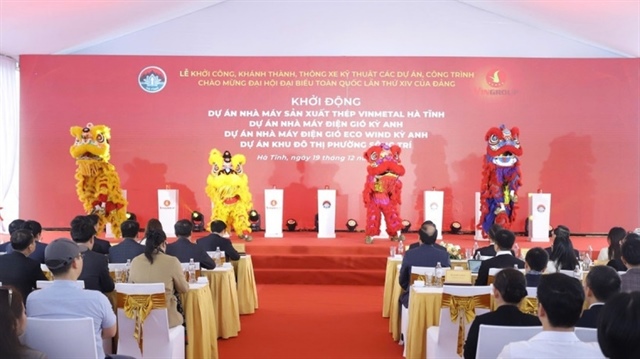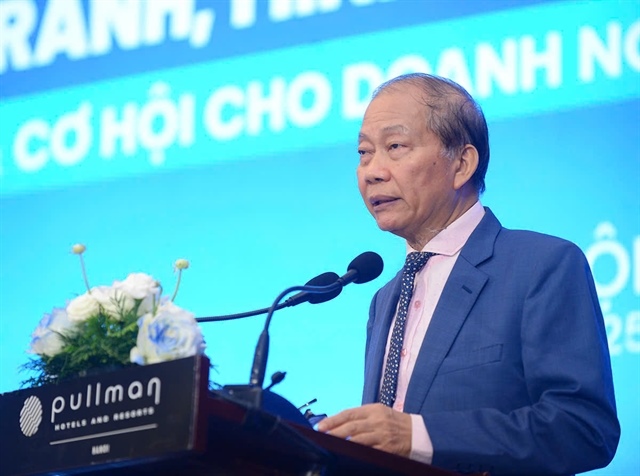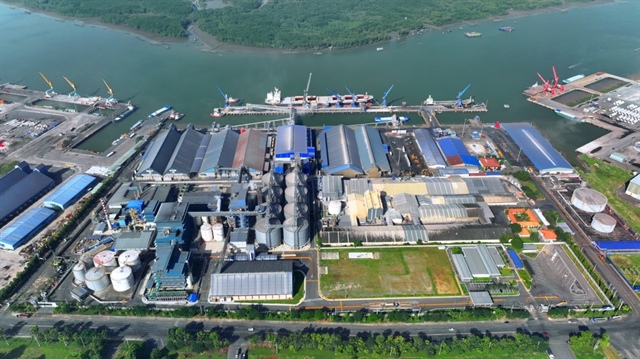HSBC: Vietnamese manufacturing output continues to grow but pace of expansion eases
HSBC: Vietnamese manufacturing output continues to grow but pace of expansion eases
Key points
- Slower rises in output and new orders
- Job creation continues, albeit at reduced pace
- Output prices left unchanged
The recent run of monthly improvements in Vietnamese manufacturing business conditions continued in February as further rises in output, new orders and employment were recorded. Supply shortages led to an increase in input costs during the month, but the rate of inflation remained broadly stable and panellists left their output prices unchanged in an effort to stimulate new business.

The headline seasonally adjusted Purchasing Managers’ Index™ (PMI™) – a composite indicator designed to provide a single-figure snapshot of operating conditions in the manufacturing economy – posted 51.0 in February, down from 52.1 in January but
still signalling an improvement in operating conditions in the sector. Business conditions have now strengthened in each of the past six months.
Vietnamese manufacturing firms recorded a further increase in production during February. That said, the rate of expansion eased to the slowest since last October. Where output did rise, this was linked by respondents to higher new orders.
Overall new business rose modestly. New orders have increased in five of the past six months. Some panellists reported improved client demand. On the other hand, new export orders fell during the month, following a modest increase at the start of the year.
A slower rise in new work contributed to a depletion of outstanding business during February. Moreover, the rate of decline in backlogs quickened to the strongest since last August. Firms partly met new orders through the delivery of finished goods to clients. As a result, post-production inventories decreased. Moreover, the rate of depletion was sharp and the fastest in the history of the survey which began in April 2011.
Increased workloads led manufacturers to raise employment, although as with output and new orders the rate of growth eased. Staffing levels have now risen in each of the past seven months.
Another solid increase in input prices was recorded in February, with panellists mainly linking inflation to a shortage of materials at suppliers. The rate of inflation remained broadly in line with those seen in recent months. Despite the rise in input costs, manufacturers left their output prices unchanged as part of attempts to maintain growth in sales.
Suppliers’ delivery times were unchanged in February. While some panellists indicated that requests for faster deliveries had been met by suppliers, others indicated that material shortages had led to longer lead times.
Firms continued to raise their input buying at a solid pace, with this sixth successive monthly increase in purchasing activity partly reflective of attempts to build stocks for the future. This had the effect of reducing the pace of depletion of stocks of purchases, which fell only fractionally.
Commenting on the Vietnam Manufacturing PMI™ survey, Trinh Nguyen, Asia Economist at HSBC said: “The manufacturing sector continues to be Vietnam's bright spot with output and employment expanding. Weakened external demand, especially in China, however, is a concern. This means that although we continue to expect output to continue to expand on higher orders and reduced inventories, Vietnam faces strong headwinds. With inflation manageable and domestic demand weak, we expect the central bank to keep the OMO rate on hold at 5.5%.”
HSBC, Markiteconomics






















